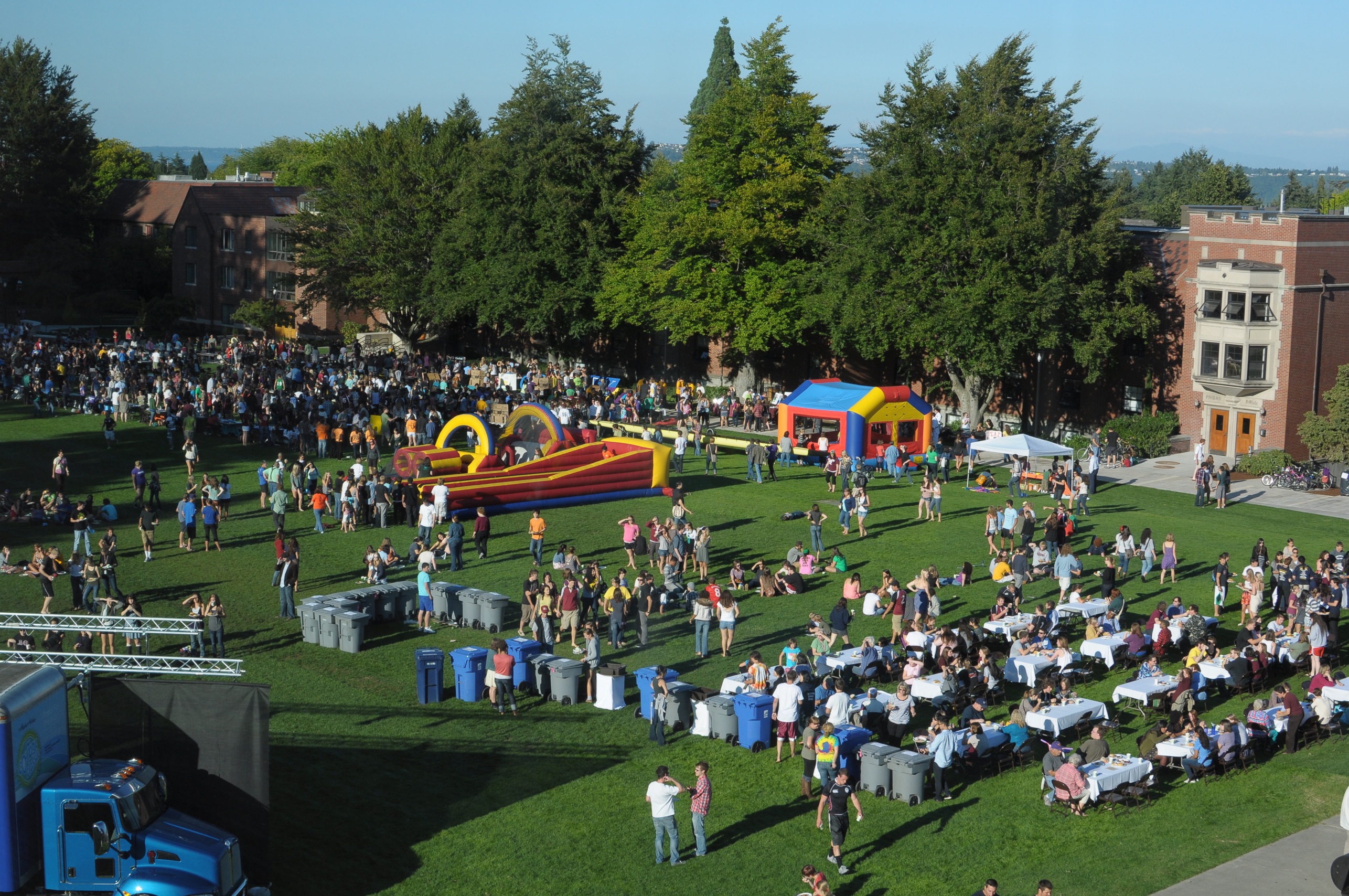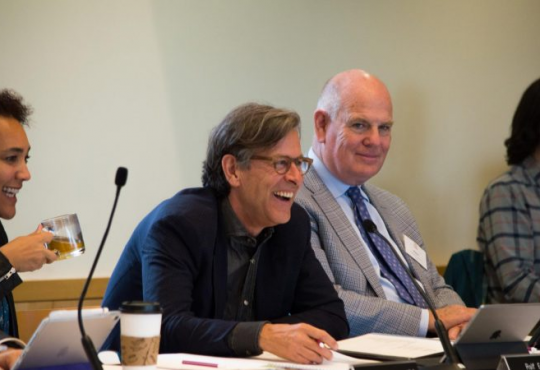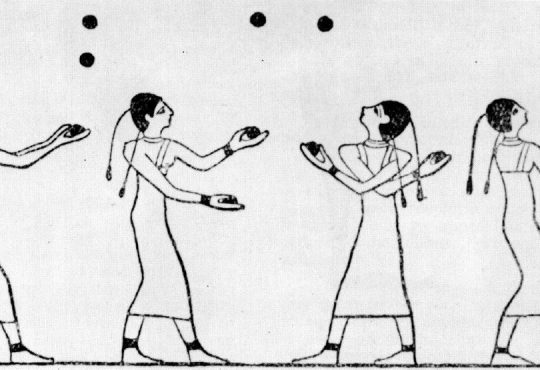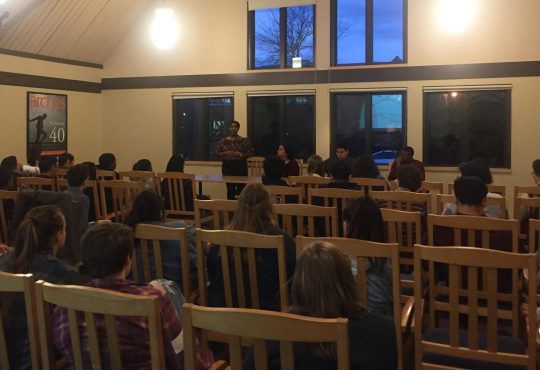
After the University of Puget Sound’s Log Jam event every September, various club participants tend to fall into three general categories.
First, those who signed themselves up for every club and whose current involvement consists of receiving chain emails and making an exclusive appearance at maybe one meeting. Secondly, those intensely dedicated to or perhaps even leading a club who often surround themselves with fellow club-goers. And finally, those who do not belong to a club at all, be it due to personal preference or lack of information about the multitude of groups on campus.
It seems now that if one misses Log Jam, they miss the entire club-joining process. After September, one must hear about a club, get forwarded an email about a club meeting or serendipitously pass by a poster advertising the next gathering or event. This doesn’t seem fair to second-semester transfers or those with a renewed vigor to “get involved” after winter break. Nor does it seem fair for the overall population of students who want to know more about what they can do around campus if they so desire.
The University of Puget Sound’s Log Jam is a student-driven event sponsored by dedicated university staff members and ASUPS. The event is seen not only as an introduction to all of the clubs around campus, but also a “welcome back to school” event, complete with a barbeque and singing performances. Luckily the Northwest sun is kind to the students in September, allowing this large event to be held on Todd Field.
Due to the vast array of choices, clubs often get many students signing their names and joining the year’s email list. Whether or not they actually attend meetings is a different question. And while most clubs around campus certainly want as many members as possible, such welcome arms seem invisible with lack of sufficient publicity.
So what is the solution? Could a second Log Jam event probe students to new opportunities, friendships, or simply a way to spend their free time? The idea isn’t far-fetched.
Director of Student Activities Marta Palmquist Cady stated that in the past, the University had a second Log Jam-esque event created by a school organization called the Conspiracy of Hope. For five years, the organization ran an event called the Activities Fair carnival that was modeled after the Log Jam event but, due to spring weather, was hosted safely in Marshall Hall or the Fieldhouse. It replicated Log Jam so far as to have a Benefit Concert, a major speaker and a community service day dubbed the Metro Dive and modeled after the New Student Orientation Urban Plunge program. The organization has since become inactive.
Palmquist Cady commented that “post-Conspiracy of Hope, Student Activities and ASUPS tried to sponsor just the Activities Fair and had moderated success at that. I think most of it had to do with timing. Students are busy as soon as they step onto campus for spring semester and recruitment for sororities and fraternities is occurring also, so our success post-Conspiracy of Hope was small.”
The awkward timing is a well enough reason as to why a second club orientation day would not flourish as well as Log Jam. But there is also the fact that Log Jam has an upper hand—it is a years-long tradition as beloved as Midnight Breakfast. Such events consistently have a large turnout and are defended and maintained by the entire student body. In contrast, new events must work for such a status.
Because honestly, how many times has there been a quasi-cool event in Marshall Hall that you just walked by, half-mindedly shrugging your shoulders at? There are some events on campus that could be appealing to the students but just don’t have enough historical legitimacy to attract more participants.
ASUPS President Marcus Luther agrees that Log Jam isn’t enough. Instead, ASUPS’ focus is to “encourage clubs to be more visible throughout the year via a social media presence, connecting with their ASUPS Senator liaison and utilizing our communication systems with the student body to highlight clubs looking for more members.” The ways in which this has actually been carried out do not seem to be showing results, and Luther admits there is still work to be done.
But why join a club anyway?
For those reading who are already involved in a club, don’t care to join one or are simply indifferent to the entire phenomenon, a second Log Jam may mean little. The desire to get involved does not apply to everyone and that is okay.
In the end, college is what we make of it. We can choose to self-inflict isolation, stick to a five-friend max, get involved with a club on campus or become over-invested in everything. The point is that this is a time in our lives when we should have the ability to explore all options. These collegiate years allow us to see which lifestyle, whether hermit or social butterfly, will suit us best in the “real world.”
Therefore, even if it’s not an activity fair, we should be able to attend school and constantly be exposed to new opportunities rather than deadpan pick-and-choose during one fleeting September afternoon.






